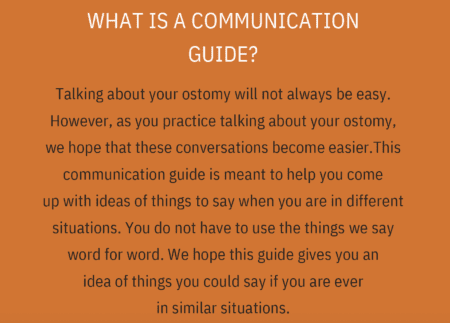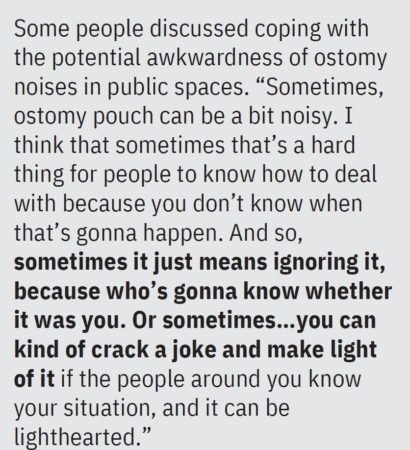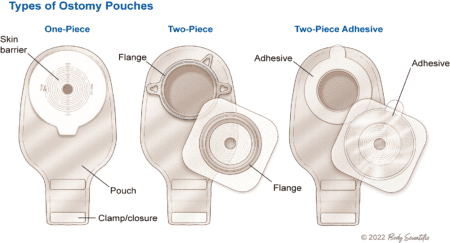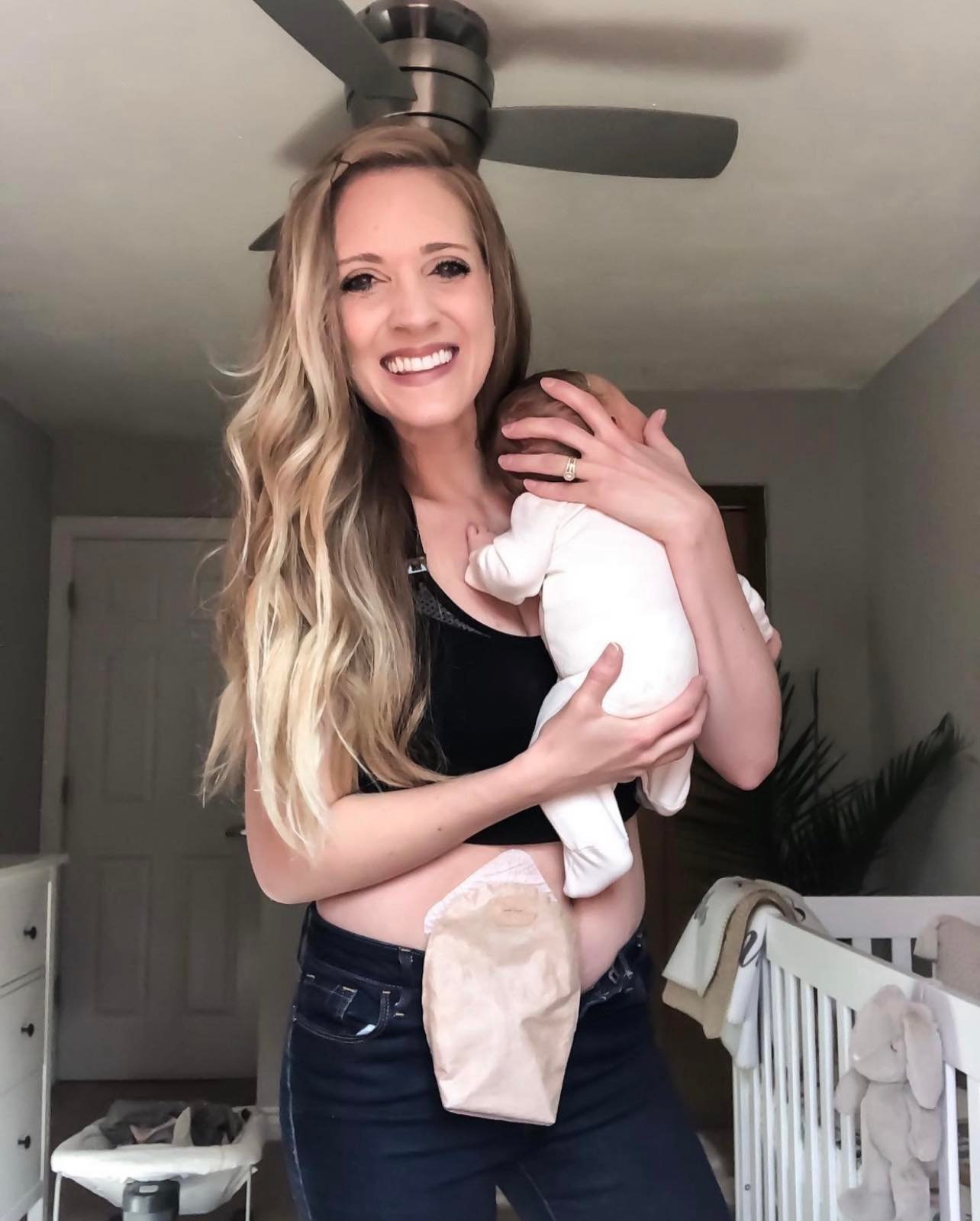Ileostomate and athlete Collin Jarvis shares his recommendations for staying hydrated when you’re physically active.
My name is Collin and I had ileostomy surgery in 2014 when I was on the Cross Country and Track & Field teams at the University of California – Berkeley. Staying hydrated was always an important aspect of my athletic performance, but after I had surgery, it became even more critical for me to drink enough fluids. Why? Because having an ileostomy can meaningfully reduce the body’s ability to get hydrated.1,2
Over the last decade I have continued to compete as an endurance athlete. Below are my top three tips for new ostomates looking to stay on top of their hydration:
Tip #1 – Make sure you are getting enough hydrating fluid throughout the day
It can be challenging to keep up with fluid intake, especially when living with an ileostomy.3 I know this from personal experience!
Start by talking to your clinician about how much fluid you need on a daily basis. They will be able to point you to the best resources for your specific needs. General guidance is available online, but every body is unique. Keep in mind that the resources you come across online are going to be calculating fluid needs for a person who has all of their internal organs. So once you identify that baseline, ask your doctor if you need to increase your fluid intake above that level. In my case (i.e., as someone who is extremely active and has had their entire large intestine removed), I take in about 20% more fluids than what the average online calculator recommends.
Tip #2 – Be aware of when and how you are taking in your fluids
Make sure to spread out the volume of liquid that you’re drinking as evenly as possible. In other words, take small and frequent sips throughout the entire day. This is important because our bodies are not perfectly efficient at absorbing the fluids that we put into them.
For example, you may have determined that you need around 100 ounces of liquids each day to meet your hydration needs. However, if you were to wake up in the morning and drink all 100 ounces right away, you would end up urinating most of that water out. In addition, drinking too much water at one time can dilute your body of the electrolytes it needs to properly absorb water which can exacerbate dehydration. Spreading out your fluid consumption evenly throughout the day is going to allow your body to work most effectively.
Keep reading on Hollister.com.
Hollister Incorporated is a proud sponsor of United Ostomy Associations of America and dedicated to delivering the highest standard of quality in ostomy care products. To learn more, visit www.hollister.com/ostomycare or call 1.888.808.7456.
References:
1. Justiniano, Carla F et al. “Readmissions With Dehydration After Ileostomy Creation: Rethinking Risk Factors.” Diseases of the colon and rectum vol. 61,11 (2018): 1297-1305.
2. Chen, Sophia Y et al. “Predicting the Risk of Readmission From Dehydration After Ileostomy Formation: The Dehydration Readmission After Ileostomy Prediction Score.” Diseases of the colon and rectum vol. 61,12 (2018): 1410-1417.
3. Absorption of Water and Electrolytes (colostate.edu) – http://www.vivo.colostate.edu/hbooks/pathphys/digestion/smallgut/absorb_water.html
Collin received compensation from Hollister Incorporated for his contribution to this article. The testimonials, statements, and opinions presented are applicable to the people depicted. These testimonials are representative of their experience, but the exact results and experience will be unique and individual to each person. Please make sure to consult with your healthcare professional for further guidance and instruction. The information provided herein is not medical advice and is not intended to substitute for the advice of your personal physician or other healthcare provider.

 experts, and health communication experts. This guide is freely available
experts, and health communication experts. This guide is freely available 

 people to remember that no one knows that the noises came from the ostomy. It is ok to say nothing (low disclosure). It is also ok to say: “Excuse me, I have an ostomy pouch and sometimes it makes noises” (medium disclosure).
people to remember that no one knows that the noises came from the ostomy. It is ok to say nothing (low disclosure). It is also ok to say: “Excuse me, I have an ostomy pouch and sometimes it makes noises” (medium disclosure).
 Shoes should be comfortable. Wear sneakers whenever possible if that’s what you want to do. In Florida, I wear sandals with rubber soles. Up north, boots are a necessity.
Shoes should be comfortable. Wear sneakers whenever possible if that’s what you want to do. In Florida, I wear sandals with rubber soles. Up north, boots are a necessity. The ostomy nurse had a lot of information to cover in a short period, and she thought all of it was important. Afraid of failing, I was certain that I was going to make terrible mistakes. I doubted my ability to do any of this.
The ostomy nurse had a lot of information to cover in a short period, and she thought all of it was important. Afraid of failing, I was certain that I was going to make terrible mistakes. I doubted my ability to do any of this.

 For me, I plan to get back to my full fitness routine once I am fully recovered. I already feel healthier than I have for so many years. But I know I still have a lot of learning to do… from
For me, I plan to get back to my full fitness routine once I am fully recovered. I already feel healthier than I have for so many years. But I know I still have a lot of learning to do… from 








